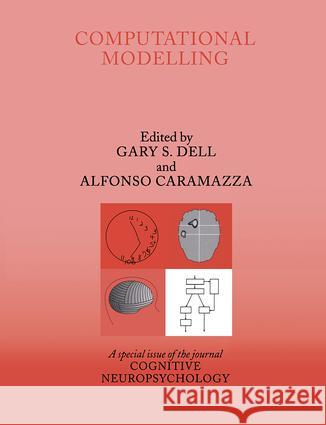Computational Modelling: A Special Issue of Cognitive Neuropsychology » książka
Computational Modelling: A Special Issue of Cognitive Neuropsychology
ISBN-13: 9781841698557 / Angielski / Twarda / 2008 / 184 str.
Computational Modelling: A Special Issue of Cognitive Neuropsychology
ISBN-13: 9781841698557 / Angielski / Twarda / 2008 / 184 str.
(netto: 416,34 VAT: 5%)
Najniższa cena z 30 dni: 428,13
ok. 22 dni roboczych
Dostawa w 2026 r.
Darmowa dostawa!
The papers in the special issue describe computational models and principles that attempt to explain the performance of brain damaged subjects. The models elucidate the cognitive processes that underlie speaking, reading, spelling, and visuospatial planning by implementing hypothesized mechanisms and then identifying the consequences of specific "lesions" in these mechanisms for the model's behaviour which, in turn, is related to the subjects' behaviour. Although most of the presented models view cognitive mechanisms in connectionist or neural-network terms, they exhibit considerable variety in their underlying cognitive theories, their approach to modelling pathology, and particularly in how they use models to draw conclusions about theory.
The papers in the special issue describe computational models and principles that attempt to explain the performance of brain damaged subjects. The models elucidate the cognitive processes that underlie speaking, reading, spelling, and visuospatial planning by implementing hypothesized mechanisms and then identifying the consequences of specific "lesions" in these mechanisms for the model’s behaviour which, in turn, is related to the subjects’ behaviour. Although most of the presented models view cognitive mechanisms in connectionist or neural-network terms, they exhibit considerable variety in their underlying cognitive theories, their approach to modelling pathology, and particularly in how they use models to draw conclusions about theory.











